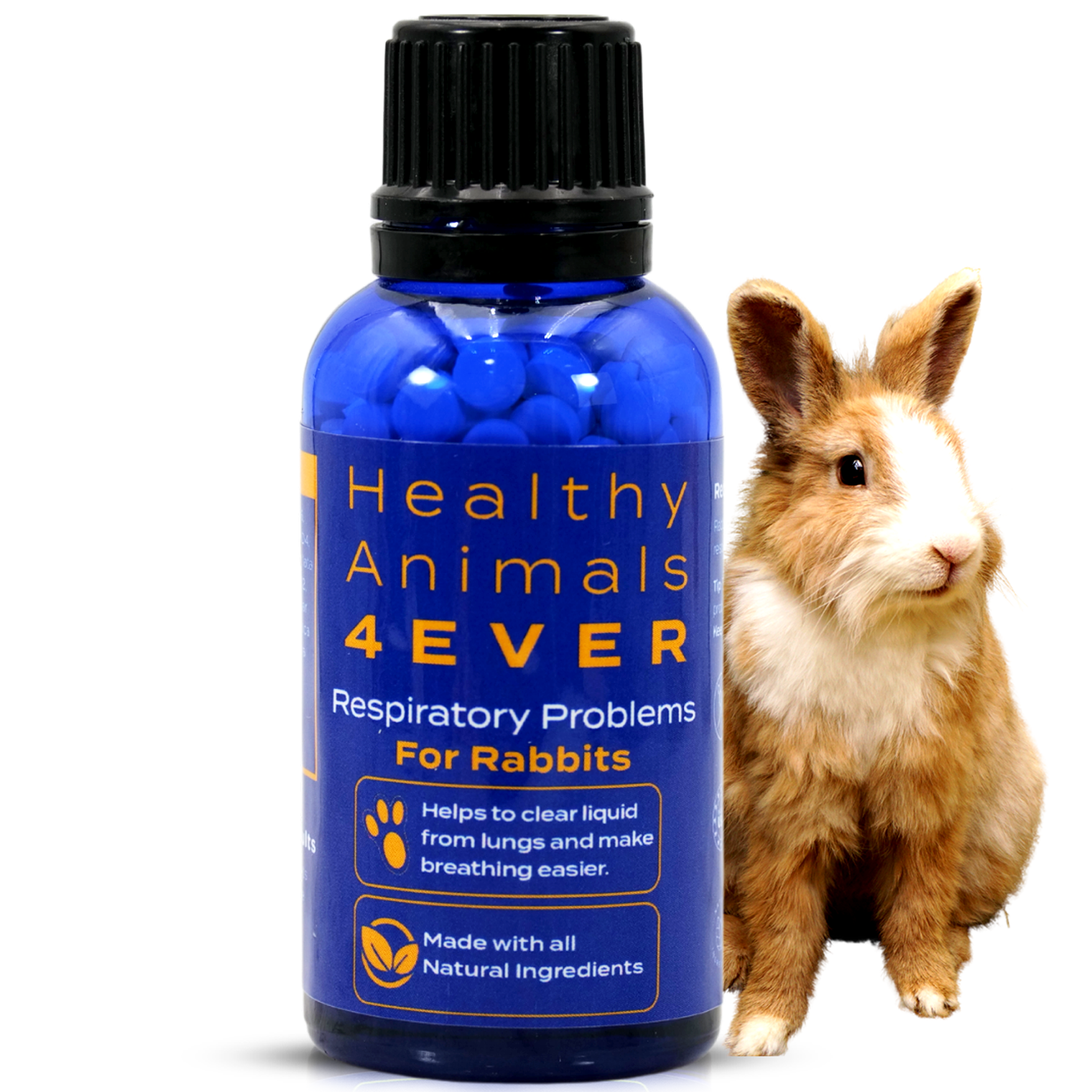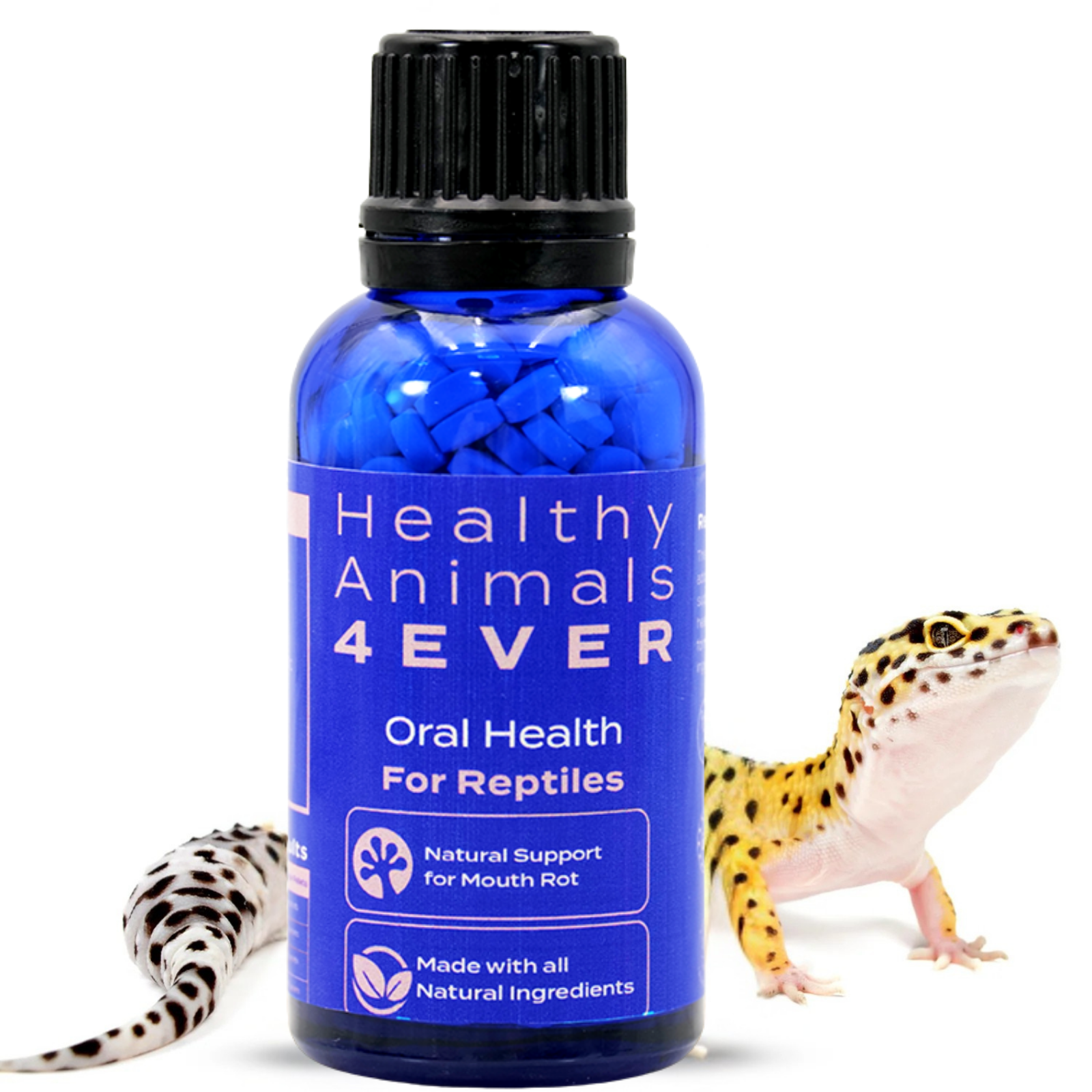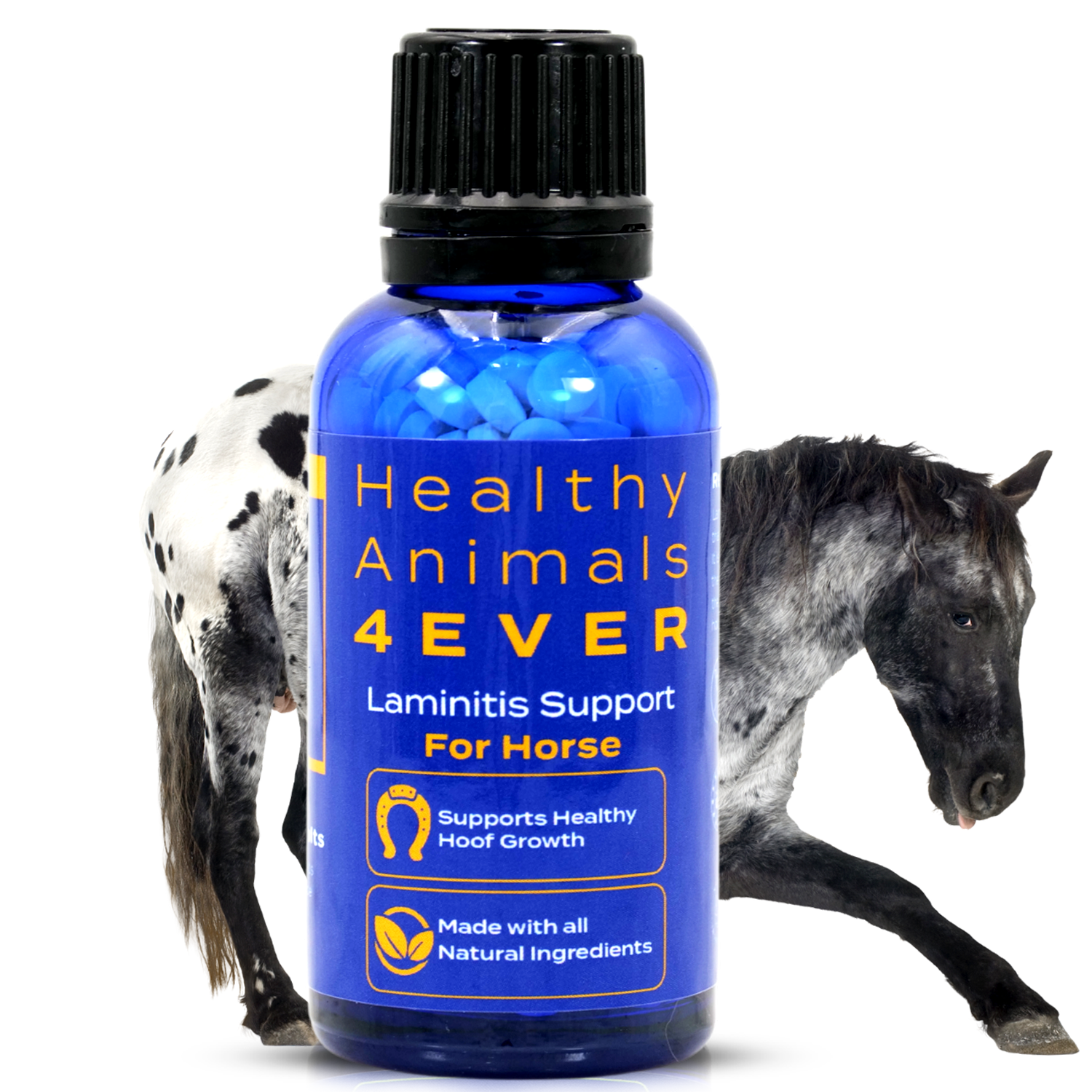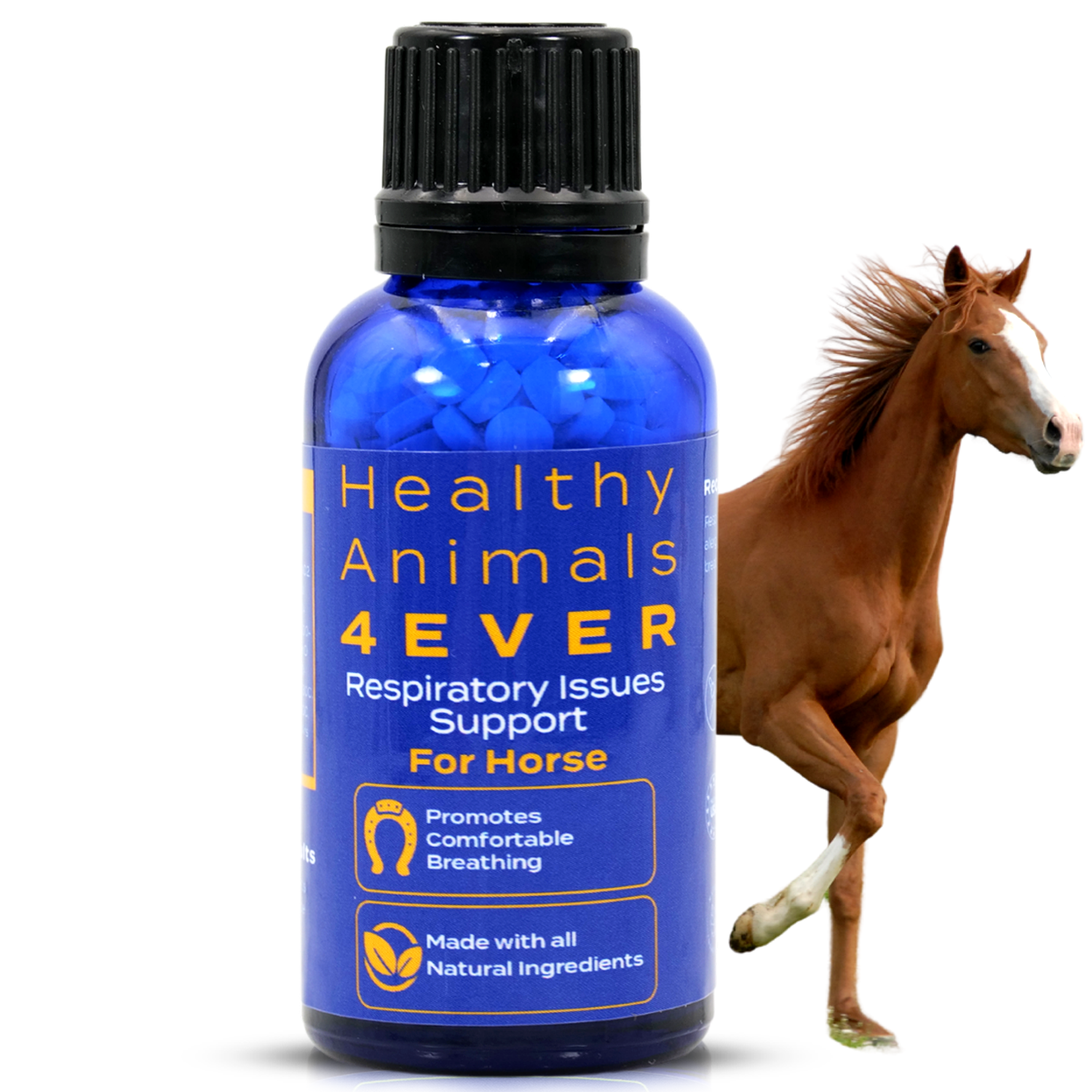A Comprehensive Guide to Managing Equine Obesity

Horses are majestic creatures that have been crucial in human history for centuries. From their use in agriculture and transportation to their involvement in sports and leisure activities, horses have been our loyal companions. However, just like humans, horses can suffer from obesity, which can have severe health consequences. In this blog, we will delve into the issue of equine obesity, exploring its causes, effects, and prevention measures.
What is equine obesity?
Equine obesity, also known as horse obesity or overweight, refers to the excessive accumulation of body fat in horses. Just as in humans, obesity in horses is characterized by an increase in body weight beyond the optimal range for their breed and age. It is a prevalent and concerning issue in the equine world, affecting horses of all types, from leisure companions to performance athletes.
Criteria for assessing equine obesity are typically based on a combination of visual assessments, palpation (feeling the horse's body), and sometimes measurements. One of the most common methods used to evaluate equine obesity is the Body Condition Scoring (BCS) system.
The BCS system assigns a numerical value to a horse's body condition, usually on a scale of 1 to 9, with one emaciated and nine extremely obese. The criteria for equine obesity under this system may include:
- Obese horses will have difficulty feeling their ribs, and a thick layer of fat may cover them. In contrast, horses with an ideal body condition will have ribs that can be felt with slight pressure.
- In obese horses, the tailhead will be surrounded by a thick layer of fat, making it difficult to see or feel the bony structures. The tailhead will be more defined in horses with an ideal body condition.
- The withers of an obese horse may have a noticeable fat pad. In horses with an ideal body condition, the withers will be well-defined and not covered by excessive fat.
- Obese horses often have thick, cresty necks. In contrast, horses with ideal bodies will have a more refined neck.
- The back and loin area of an obese horse will have a significant accumulation of fat, making it appear round and "apple-shaped." Horses with an ideal body condition will have a smoother, more even back.
- The tail base of an obese horse may have a pronounced fat deposit. The tail base will be more defined in horses with an ideal body condition.
- Obese horses may have a bulging appearance at the shoulder region due to excess fat. Horses with an ideal body condition will have smoother, well-defined shoulders.
- In obese horses, the girth area will be expanded due to fat accumulation. Horses with an ideal body condition will have a more proportionate girth.
- Obese horses may have a round, barrel-like appearance from the side. Horses with an ideal body condition will have a more streamlined and balanced silhouette.
It's important to note that these criteria are used in conjunction with each other to assess overall body condition. Consult with a veterinarian or equine nutritionist for a professional evaluation, especially if there are concerns about a horse's weight or body condition. Additionally, individual factors such as breed, age, and specific health considerations may influence what is considered an ideal body condition for a particular horse.
Causes of equine obesity
Several factors contribute to equine obesity, and it's essential to understand them to prevent and address this condition effectively:
- Overfeeding
One of the primary causes of obesity in horses is overfeeding. Horses have a natural grazing behavior, and when they have access to an abundance of high-calorie feed and pasture, they may consume more calories than they burn, leading to weight gain.

- Lack of exercise
Inadequate exercise is another significant factor. Horses not engaged in regular physical activity are more likely to gain weight, as they aren't burning off the calories they consume. This is particularly common in horses kept in stalls or small paddocks without enough room to move around.
- Breed predisposition
Some horse breeds are more predisposed to obesity than others. For example, pony breeds and certain draft breeds are more likely to accumulate excess body fat. Genetics can play a role in how efficiently horses metabolize and store calories.
- Age
Age can also contribute to equine obesity. Older horses tend to have a slower metabolism and may require adjustments in their diet and exercise routines to prevent weight gain.
- Hormonal factors
Specific hormonal imbalances, such as insulin resistance and Cushing's disease (Equine Pituitary Pars Intermedia Dysfunction, or PPID), can increase the risk of obesity in horses. These conditions affect how horses process sugars and can lead to weight gain.
The consequences of equine obesity
Equine obesity isn't just a cosmetic issue; it can seriously affect a horse's health and well-being. Here are some of the potential effects of obesity in horses:
- Laminitis
Equine laminitis, often called "laminitis," is a painful and potentially serious condition affecting horses and occasionally other equids like ponies and donkeys. It involves inflammation and damage to the sensitive laminae within the hooves.
The laminae are a complex network of tissues that attach the hoof wall to the underlying structures of the foot, including the coffin bone (also known as the third phalanx or P3). When these laminae become inflamed or damaged, it can lead to severe pain and, in severe cases, result in the detachment or rotation of the coffin bone within the hoof.
HORSE LAMINITIS SUPPORT may help with the pain and discomfort associated with laminitis and effectively support healthy hoof growth.
Laminitis can have a variety of causes, including:
- Overconsumption of high-starch or high-sugar feeds, sudden access to lush pasture, or excessive grain intake can trigger laminitis, particularly in susceptible horses.
- Horses with metabolic disorders like Equine Metabolic Syndrome (EMS) or Cushing's Disease (also known as Pituitary Pars Intermedia Dysfunction or PPID) are more prone to developing laminitis.
- Insulin resistance, a condition where cells don't respond well to insulin, can lead to elevated blood glucose levels and increase the risk of laminitis.
- Severe systemic infections, such as sepsis, or illnesses disrupting blood flow can lead to laminitis.
- Direct trauma to the hooves, such as from excessive work on hard surfaces or a severe injury, can trigger laminitis.
- Excessive weight-bearing on one limb can occur if a horse develops lameness in one leg and bears more weight on the opposite limb, potentially leading to laminitis in the loaded limb.
Symptoms of laminitis are:
- Lameness: Often characterized by a stance where the horse leans back to shift weight away from the affected hooves.
- The hooves may feel warm to the touch.
- The pulse felt in the artery on the back of the fetlock (the digital pulse) may be stronger than usual.
- Horses with laminitis may be reluctant to walk or move, especially on hard surfaces.
- They may shift their weight frequently, trying to find a more comfortable position.
- Changes in the angle and growth pattern of the hoof wall may occur over time.
Early detection and prompt veterinary intervention are critical in managing laminitis. Treatment may include pain management, hoof care (such as corrective trimming and shoeing), dietary adjustments, and addressing underlying health conditions. In severe cases, hospitalization and specialized care may be necessary.
Preventing laminitis is key, and this involves proper diet, regular exercise, and careful management of any underlying health issues. Close monitoring of a horse's weight, diet, and behavior can help catch and address potential issues before they escalate into laminitis.
- Joint problems
Excess weight stresses a horse's joints, increasing the risk of arthritis and other joint issues. This can lead to lameness and decreased mobility.
HORSE ARTHRITIS PRODUCT may help with inflammation and pain associated with this degenerative joint disease without any adverse side effects. It is a 100% natural Remedy.
- Respiratory issues
Obesity can contribute to respiratory problems in horses, as excess fat can impede their ability to breathe properly. This is especially problematic for horses engaged in strenuous activities or sports.
HORSE RESPIRATORY ISSUES SUPPORT may help to minimize congestion, soothe irritation, and promote clear respiratory function.
- Decreased performance
Obese horses are less likely to perform well in various equine disciplines, from racing to show jumping. Their excess weight hinders their agility and stamina.
- Increased risk of metabolic disorders
Obesity is linked to an increased risk of metabolic disorders, such as equine metabolic syndrome (EMS) and insulin resistance. These conditions can further exacerbate weight gain and lead to other health complications.
Preventing and managing equine obesity
We'll explore natural approaches to treating equine obesity, focusing on diet, exercise, and holistic methods to support your horse's journey to a healthier weight.

1. A balanced, nutrient-rich diet
Ensure your horse's diet is appropriate for age, breed, and activity level. Consult with a veterinarian or equine nutritionist to create a balanced feeding plan. Avoid overfeeding and limit access to high-calorie pasture grasses.
- Quality forage: The foundation of any equine diet should be high-quality forage. Opt for grass hays like timothy or Bermuda, and consider adding various forage sources like alfalfa or clover to provide essential nutrients.
- Limit grain intake: Reduce or eliminate the amount of concentrated grains in your horse's diet. Instead, focus on whole foods rich in fiber, like beet pulp, bran, and barley. If concentrates are necessary for essential nutrients, choose low-starch, low-sugar options and feed in controlled portions.
- Herbs supplements: Certain herbs like fenugreek, cinnamon, and dandelion can support metabolic health and digestion. Consult an equine herbalist or veterinarian to determine the right herbal supplements for your horse.
- Natural feed balancers: Look for natural feed balancers that provide essential vitamins, minerals, and amino acids without added sugars or fillers.
- Implement a strategic deworming program to control internal parasites, which can affect a horse's ability to absorb nutrients from its diet.
- Ensure proper dental care, including regular teeth floating (rasping), for effective chewing and digestion.
- Use slow feeders or hay nets with small holes to extend the time for the horse to consume forage. It will help mimic natural grazing behavior and prevent overeating.
2. Regular exercise and mental stimulation
Exercise is crucial for keeping horses fit and healthy. Provide your horse with ample opportunities for physical activity, whether through turnout, riding, or engaging in natural behaviors like grazing and playing.
Start with low-impact activities like hand-walking, lunging, or gentle riding. Gradually increase the intensity and duration of exercise as your horse's fitness improves.
Provide mental stimulation by introducing toys, treat balls or obstacle courses. Engaging your horse's mind can help prevent boredom, which can lead to overeating.
Groundwork and natural horsemanship exercises can help build trust and communication between you and your horse. These activities also promote movement and fitness.

3. Herbal and nutritional support
Chromium and magnesium: These minerals are crucial in insulin sensitivity and glucose metabolism. Consider incorporating supplements with these nutrients, but consult a veterinarian for appropriate dosages.
Cinnamon and fenugreek: These herbs have shown the potential to support healthy blood sugar levels. They can be added to your horse's diet as supplements or included in herbal blends.
Probiotics and prebiotics: A healthy gut microbiome is essential for proper digestion and nutrient absorption. Consider adding natural sources of probiotics like fermented feeds or haylage.
4. Stress reduction and environmental management
Implement stress-reducing practices such as regular turnout, social interaction with other horses, and creating a calm and comfortable living environment.
Rotating pastures and using a grazing muzzle can help regulate calorie intake from pasture grasses. Rotate pastures to ensure that grass remains nutritious and not overly rich.
Ensure your horse has access to shelter from extreme weather conditions, which can lead to stress and overeating.
5. Regular monitoring and professional guidance
Use the Henneke Body Condition Scoring system to assess your horse's body condition. It will help you track progress and adjust your approach as needed. This scale ranges from 1 (emaciated) to 9 (extremely obese), with an ideal score of 5. Adjust your horse's diet and exercise routine to maintain a healthy body.
If your horse has a hormonal condition like insulin resistance or Cushing's disease, work closely with your veterinarian to manage these conditions. Proper treatment can help prevent or alleviate obesity.
Consult with equine professionals, including veterinarians, farriers, and trainers, to develop a comprehensive plan for preventing and managing obesity in your horse.
The Bottom line
Treating equine obesity naturally involves a holistic approach that addresses diet, exercise, and overall well-being. Focusing on whole foods, regular exercise, and herbal and nutritional support can help your horse achieve and maintain a healthy weight. Remember, every horse is unique, so be patient and attentive to their needs. With dedication and the right natural approach, you can guide your horse toward a happier, healthier, and more vibrant life.












